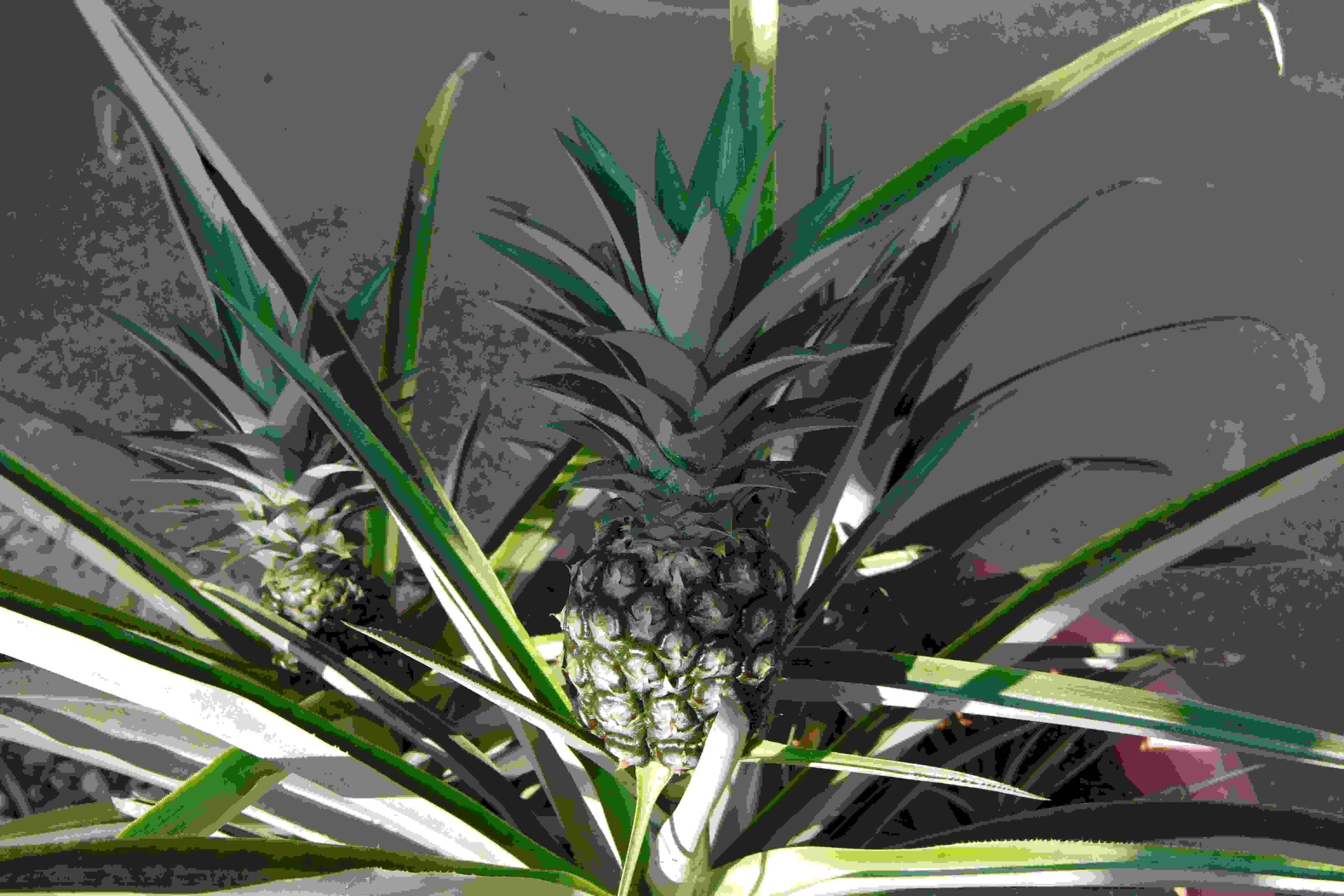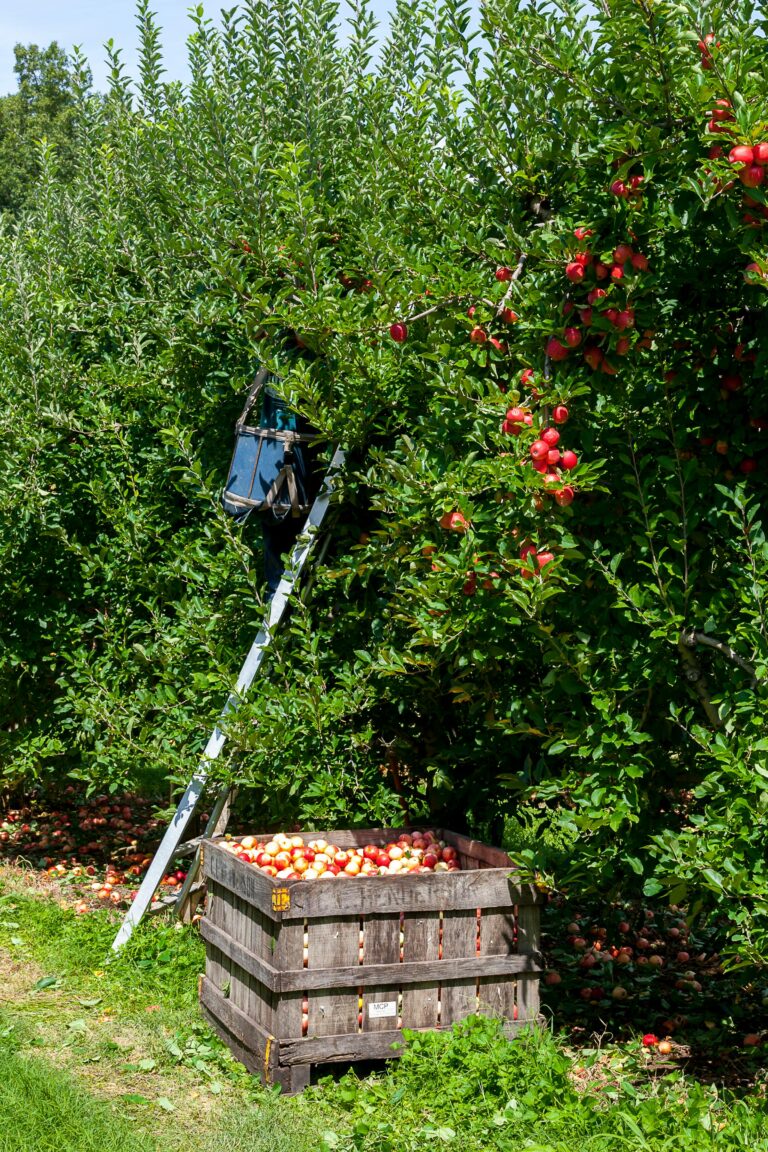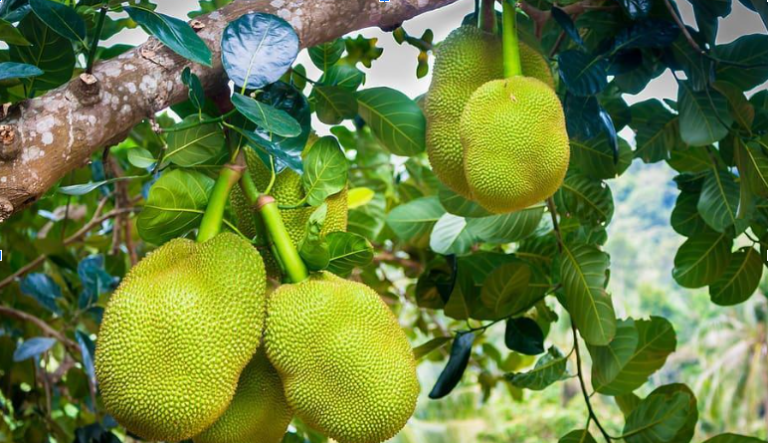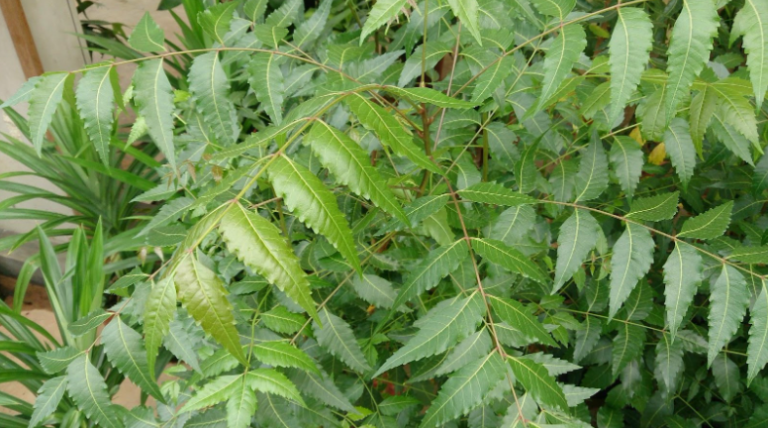Planting the Pineapple
The Life Cycle of the Pineapple (Ananas comosus): A Fascinating Journey from Seed to Fruit
The pineapple (Ananas comosus), known for its sweet, tangy fruit and distinctive spiky appearance, is much more than just a tropical delicacy. Behind every pineapple is a fascinating growth process that transforms a small seed or crown into a towering plant that eventually produces one of the most unique fruits in the world. The life cycle of the pineapple is a journey filled with stages of growth, development, and reproduction, each crucial to bringing this iconic fruit to your table.
1. The Beginning: Planting the Pineapple
The life of a pineapple begins with its propagation, which can be done in a few different ways. While pineapples can be grown from seeds, most commercially grown pineapples are propagated using vegetative methods, which ensure the new plant is a clone of the parent plant. This is typically done by using the top of the pineapple fruit, known as the crown, or by planting suckers that grow from the base of the plant. The crown is carefully cut off the fruit, and its bottom is allowed to dry out to prevent rotting. Once it’s dry, the crown is placed in soil, or sometimes a water medium, to start growing roots.
In tropical regions, where pineapples naturally thrive, the conditions are ideal for this initial stage. Warm temperatures, consistent rainfall, and well-drained soil provide the perfect environment for the small crown or sucker to develop into a healthy plant. It typically takes about 2–3 months for the roots to fully establish, and the plant starts to grow a small rosette of leaves at the center.
2. The Vegetative Stage: Leaf Growth and Establishment
Once the pineapple plant has rooted, it enters the vegetative growth stage. The plant’s focus during this period is on developing a strong structure, growing long, sword-like leaves that form a dense, spiky rosette. Each leaf has a sharp, serrated edge and is thick with moisture, allowing the plant to survive in dry conditions. These leaves grow vertically, creating a rosette shape that is characteristic of the pineapple plant.
During this stage, the plant is building energy reserves for its future fruiting process. The leaves absorb sunlight through photosynthesis and send nutrients down into the center of the plant, where they are stored and used for later fruit development. It can take up to 18–24 months for the pineapple plant to mature and be ready for the next stage, although this period can be shorter or longer depending on the growing conditions.
3. The Flowering Stage: The Transformation into a Fruit-Bearing Plant
The most exciting phase in the life cycle of the pineapple begins when the plant reaches maturity and is ready to flower. The flowering process is triggered by environmental cues such as temperature, day length, and sometimes even external factors like the presence of ethylene gas. Pineapples are unique in that they only produce a single flower stalk, or inflorescence, once the plant has reached its full size.
The flowering process begins with the emergence of a large, central stalk that rises from the center of the rosette of leaves. This stalk, called the inflorescence, grows rapidly and produces small individual flowers that will eventually merge to form the pineapple fruit. The flowers are small, tubular, and typically purple, though they are not the parts of the plant that are consumed. Instead, it is the combined effect of these flowers that leads to the formation of the fruit.
Interestingly, the pineapple is an aggregate fruit, meaning it is formed from the fusion of several individual flowers. Each flower produces a small fruit called a “berry,” and these berries fuse together to form the entire pineapple. The central stalk will continue to grow and mature, eventually forming the fruit’s familiar shape: a tough, spiky, cylindrical exterior with a crown of leaves at the top.
4. The Fruit Development: Ripening of the Pineapple
After the flowers have been pollinated, the pineapple fruit begins to form. At first, the fruit is small and green, but as it continues to grow, the color changes to yellow or golden yellow as it ripens. During this stage, the pineapple plant focuses on developing its fruit, which will contain sugars, acids, and fibers that contribute to the pineapple’s distinctive sweet and tart flavor.
Over the course of several months, the fruit grows larger and more distinct. It can take anywhere from 5 to 7 months for the pineapple to fully mature, although this varies depending on the growing conditions, variety, and climate. As the fruit matures, it develops its signature tough, spiny skin, which helps protect the soft, sweet flesh inside. The sweet aroma of the pineapple increases as it ripens, signaling that the fruit is nearing harvest.
The ripening process is essential for flavor development, and pineapples are often harvested when they are still slightly green. This is because pineapples do not continue to ripen after being picked, unlike some other fruits such as bananas or avocados. As a result, careful timing is crucial for ensuring that the pineapple reaches the optimal sweetness and texture when it is finally harvested.
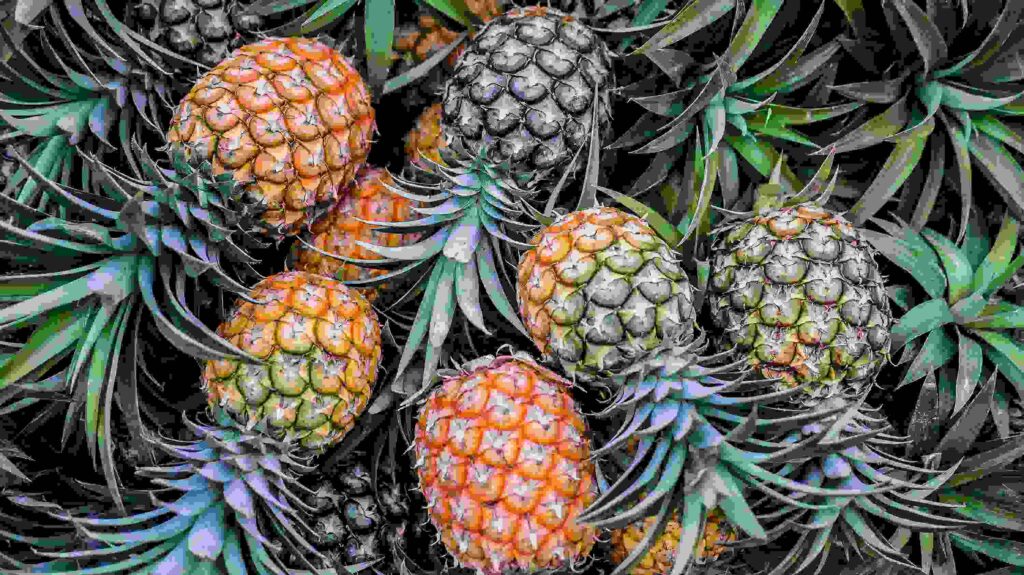
5. The Harvest and Post-Harvest: Reaping the Rewards
Once the pineapple has ripened, it is ready for harvest. The fruit is carefully cut from the plant, typically with a sharp knife, to avoid damaging the plant itself. After harvesting, the pineapples are sorted and prepared for distribution to markets around the world. In some cases, the crown of the fruit may be cut off and used to start a new plant, continuing the cycle of life.
While the plant produces only one fruit at a time, it will continue to grow and produce additional fruits after the initial one has been harvested. This can happen through the production of suckers or “ratoons” that grow from the base of the plant. These suckers can be harvested to start new plants, extending the productive life of the pineapple plant.
6. The Cycle Continues: The Pineapple’s Legacy
The pineapple plant typically lives for several years and can continue to produce fruit through successive cycles of growth. However, after a few years, the plant’s fruit production declines, and it eventually dies. But before it dies, the pineapple has left behind a legacy of seeds, crowns, and suckers that ensure the survival of future generations.
Through its life cycle, the pineapple demonstrates remarkable adaptability and resilience, thriving in warm tropical climates with minimal care once established. From the moment the crown is planted to the time the fruit is harvested, the life of a pineapple is a testament to the power of nature’s cycles and the role of humans in nurturing this extraordinary plant.
In conclusion, the pineapple’s life cycle is a captivating process that begins with a small crown and ends with the production of one of the most beloved fruits in the world. From the vegetative growth stage to flowering, fruit development, and harvest, each stage is an essential part of the journey that transforms a tiny plant into a juicy, tropical treat. Understanding the life cycle of the pineapple not only enhances our appreciation for this unique fruit but also highlights the intricate relationship between nature, agriculture, and the food we enjoy.

